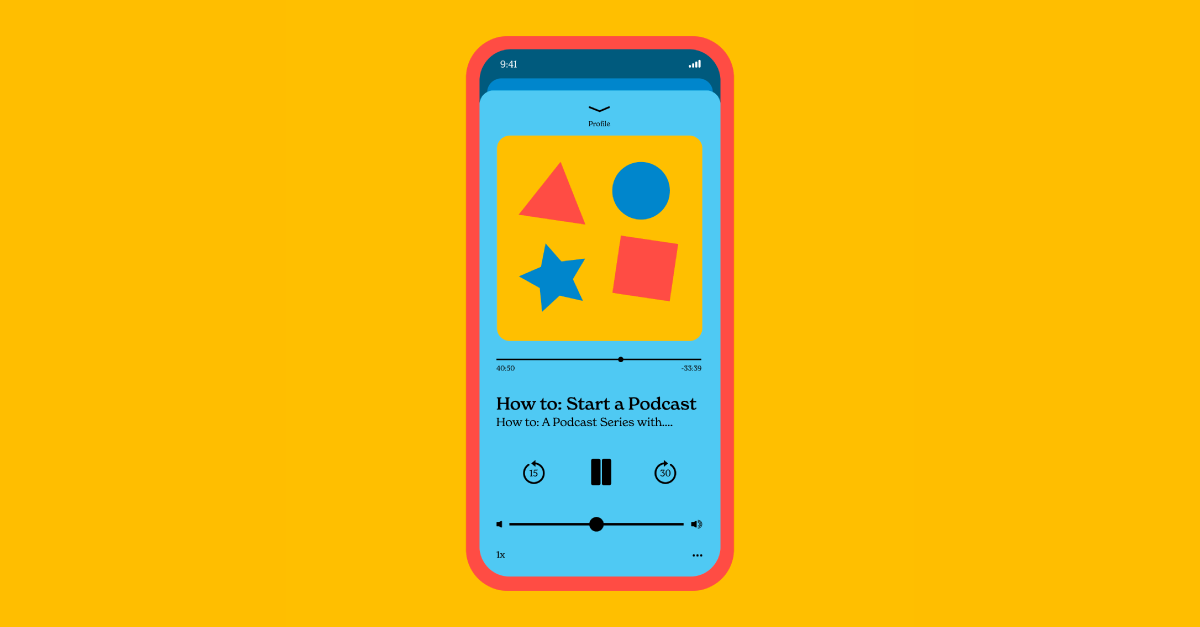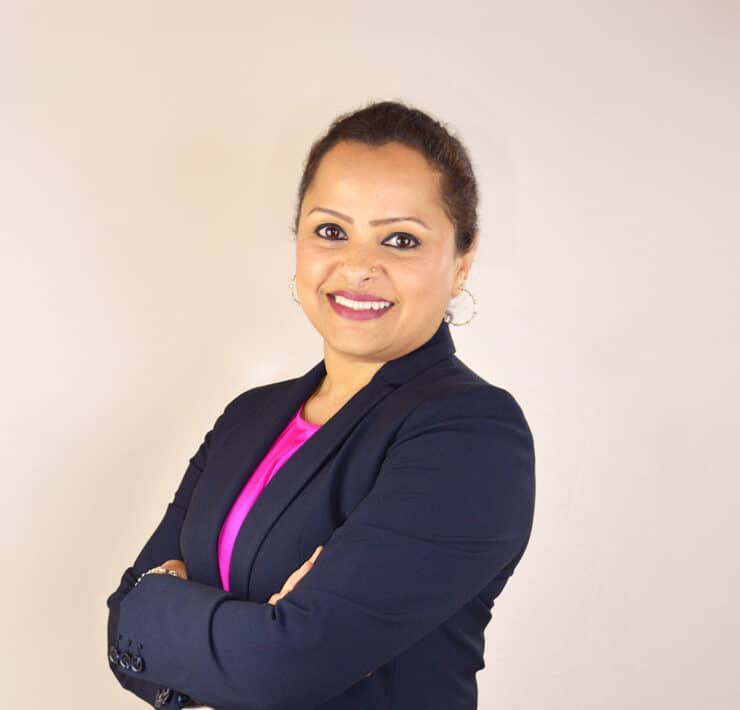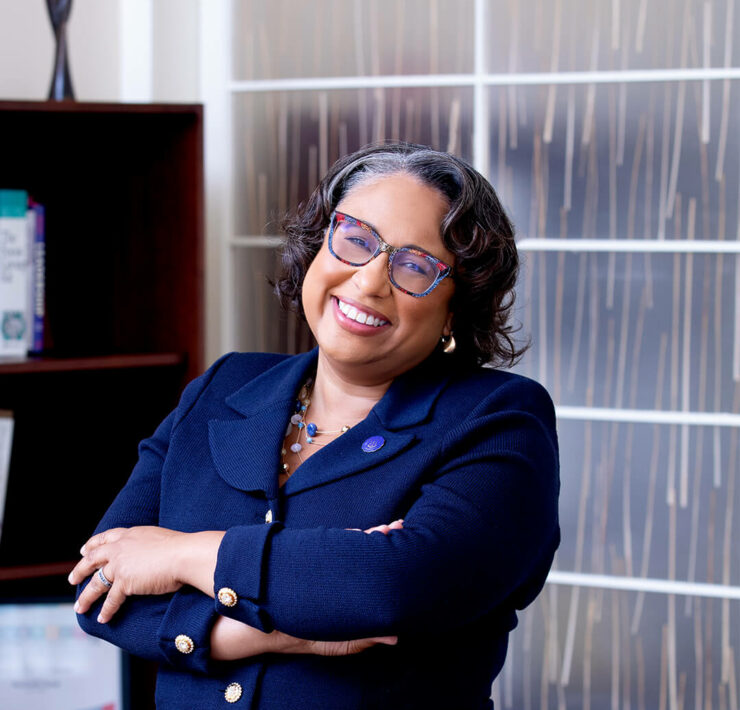
|
Getting your Trinity Audio player ready...
|
These days, no matter your interest, there’s a podcast to match. Given the medium’s popularity, now could be the perfect time for you to get in on the trend—whether you’re looking for a creative outlet, a new hobby, or a fresh strategy for growing your brand.
Keith Hernandez was searching for all three when he started his entrepreneurship-focused podcast The Changeup. Below, he shares his top tips for getting a podcast off the ground.
Step 1: Be Honest with Yourself
Above all else, a podcast requires time and consistency. If you want to release a new episode every week or every other week, you’ll need to give yourself at least a few hours within that same period to work on it.
So ask yourself: am I ready to commit to this podcast?
“If you don’t have the time for it, it’s going to be the first thing that falls off,” Hernandez says. “Be honest with yourself about your commitment level and then really carve out that time each week to make it happen.”
Step 2: Follow Your Passion
Committed to the idea of a podcast, but stuck on an angle for your first episode? Reflect on what excites you. Is there an area of your field that you’ve always been drawn to? A different field that you’ve always wanted to learn more about? These are the types of questions Hernandez recommends using as jumping-off points.
Step 3: Listen Around
Once you’ve landed on a podcast concept, check out the competition. “Listen to podcasts in your field and get a good understanding of the tone you want to have in yours,” Hernandez advises. By studying the style and structure of different shows, you can pinpoint elements you’d like to emulate—and ones you’d prefer to avoid.
Step 4: Get Technical
You know what you want to talk about and how you want to talk about it. Now you need the right tools for the job, starting with recording equipment.
After capturing early-episode audio on a computer, Hernandez upgraded to a Shure microphone for enhanced sound quality. His go-to brands for other aspects of The Changeup’s production include Zencastr for recording new episodes, Triller for transcribing dialogue, Buzzsprout for distributing the podcast, and Canva for promoting it across social media channels.
Investing in that kind of equipment can be expensive, especially since most podcasters don’t make much of a profit from their work. “But if you look at it as a marketing expense to build your own personal brand or the brand of your company, then it’s well worth it,” Hernandez points out.
Step 5: Tap into Your Network
Podcast guests don’t have to be hard to come by. Reach out to people you know, and be prepared with a solid pitch. “Explain the show in one sentence, give them a reason why they’re going to be a great guest, and tell them how easy it will be,” Hernandez says. “You’ll be surprised by who says yes.”
To make your guests more comfortable, lay out the recording process ahead of time. Give them a sense of how long your conversation will last and what topics you’re hoping to cover, and remind them to set up a quiet area for the call if you’re not meeting face to face.
Step 6: Produce Your First Episode(s)
Many podcasts don’t make it past their first episode. Hernandez’s simple fix for achieving longevity? “Have three to five episodes ready to go and launch them all at the same time,” he says.
During the recording sessions themselves, keep an eye on your talking points, but see where the conversation leads you. “I try to share my own life experiences to connect or empathize with my guests,” Hernandez offers. “Your audience ends up knowing so much about you, and it creates this really deep bond that will keep them coming back for more.”
Step 7: Publish—and Keep Publishing
You’ve got the audio and the tools and software to take your show live. But has the moment really come for publication?
“Be brave and just publish,” Hernandez urges. “The finished product is always going to be evolving, and it’s better to let people see it than to withhold it to try to make it perfect.”
Once you make that leap, make it again. And again. And again. “The number one piece of advice that I’ll give anybody is to keep producing and publishing,” Hernandez says.
Step 8: Promote with Intention
Hernandez relies on LinkedIn, Substack, and Twitter to attract listeners and gather meaningful analytics. Those platforms make sense for acquiring a business-minded audience, but keep in mind that other platforms could be better fits depending on your podcast’s content.
With time, perseverance, and intentionality, an audience will come—and it’ll be full of the right listeners for your show.





















